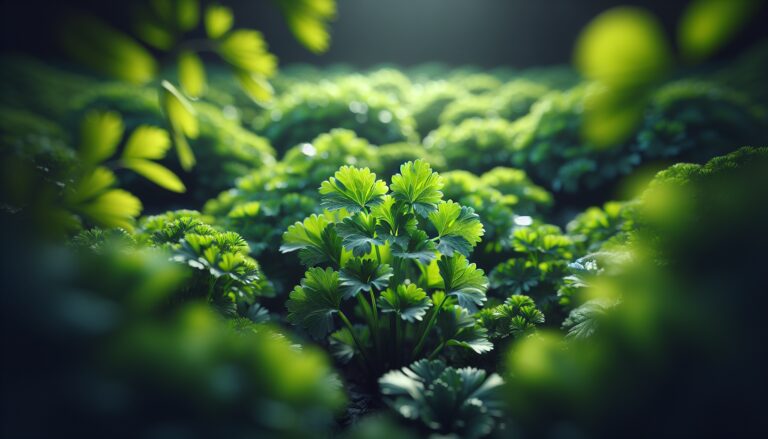Argomenti trattati
Understanding parsley: a versatile herb
Parsley, scientifically known as Petroselinum crispum, is a beloved herb originating from the Mediterranean region. Known for its vibrant green leaves and aromatic flavor, parsley is a staple in many kitchens. It comes in two main varieties: curly and flat-leaf, each offering unique culinary benefits. While many gardeners treat parsley as an annual, it is technically a biennial herb, thriving for two years if conditions are right. This means that with proper care, you can enjoy a bountiful harvest of parsley leaves, flowers, and seeds over multiple seasons.
Optimal growing conditions for parsley
To cultivate parsley successfully, it’s crucial to provide the right environment. This herb flourishes in full sunlight, although in hotter climates, it benefits from some afternoon shade. The ideal soil for parsley is rich and well-draining, with a pH level between 6.0 and 7.0. Before planting, consider enriching your garden soil with compost to promote healthy growth. Regular watering is essential; aim for about an inch of water per week, ensuring the soil remains moist but not waterlogged. Adding mulch around the base of the plants can help retain moisture and suppress weeds.
Planting and harvesting parsley
Starting parsley from seeds is a rewarding experience, though it requires patience as germination can take two to four weeks. For those in colder regions, beginning seeds indoors six to eight weeks before the last frost can lead to an earlier harvest. Once your parsley plants reach about six inches in height and develop three leaf segments, they are ready for harvesting. It’s best to cut the outer leaves first, allowing the center to continue growing. Remember to harvest no more than one-third of the plant at a time to ensure its longevity. Freshly cut parsley can last up to two weeks in the refrigerator, while longer storage options include freezing or drying the herb.
Pest management and common challenges
Like any garden plant, parsley can face challenges from pests and diseases. Common pests include aphids and leafhoppers, which can be managed through crop rotation and organic sprays. Diseases such as leaf spot and powdery mildew often arise from overcrowding or improper watering techniques. To prevent these issues, space your plants adequately and water them at the soil level rather than from above. Additionally, be mindful of temperature fluctuations; parsley tends to bolt quickly in hot weather, so providing some shade can help prolong its growing season.

